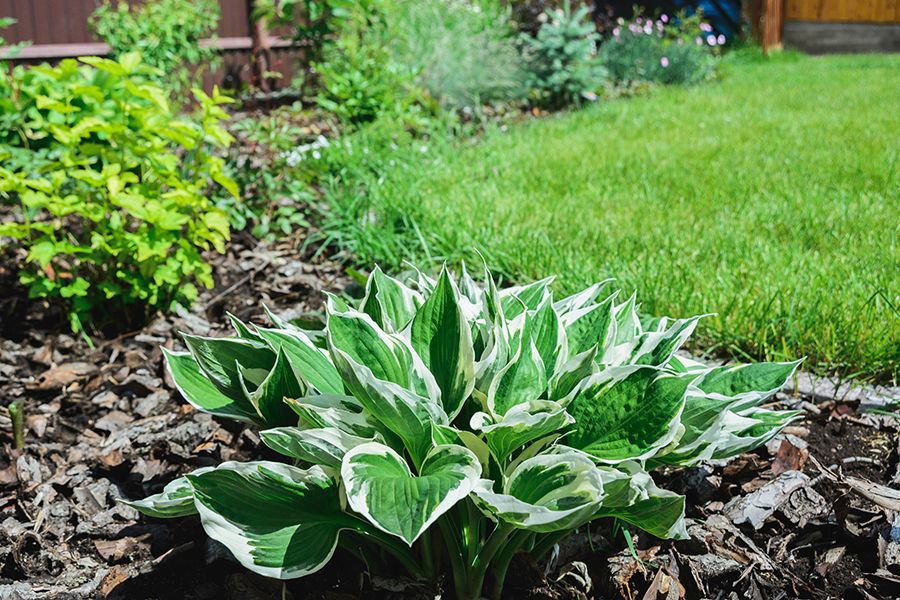Are your outdoor spaces eco-friendly? “Sustainable landscaping” is an increasingly popular trend among homeowners and landscapers alike. The goal of sustainable landscaping is to create outdoor spaces that are both functional and beautiful while minimizing their maintenance cost and negative impact on the environment in the long run. In this blog, we’ll explore some useful tips to help you create a sustainable outdoor oasis that promotes the health of your local ecosystem while reducing your overall energy consumption and carbon footprint.
Native plant life.
One of the key components of sustainable landscaping is using plants that are native to your local ecosystem. These plants are adapted to the climate and require less maintenance compared to non-native plants. They can thrive without the need for excessive watering or fertilization. Native plants also provide food and shelter for local wildlife, which is important for maintaining a healthy ecosystem. For a quick list of plants that are native to British Columbia, check out this article.
Reduce, re-use, recycle.
Recycling is also a key component of sustainable landscaping. By using recycled materials for hardscaping, such as concrete, glass or plastic, you can reduce waste and save resources. Recycled materials are often more durable than traditional materials, which means they require less maintenance and have a longer lifespan.
Another useful way to recycle is by composting organic matter like fruit, vegetables and yard waste into a nutrient-rich soil amendment. Composting can benefit both your garden and the local ecosystem without costing you a dime. It can improve soil health, reduce water usage and divert waste from landfills all-in-one.
Conserve water.
Water conservation is an incredibly important part of sustainable landscaping. One way to reduce water usage is by installing a rainwater harvesting system. Rainwater can be collected and stored for later use in watering plants or cleaning outdoor surfaces. Another way to conserve water is by using efficient irrigation systems, such as drip irrigation, which delivers water directly to the roots of plants and minimizes water loss through evaporation.
If you have a lawn, consider reducing its size with hardscaping or replacing it with native grasses or groundcovers. Also consider planting a rain garden, which can absorb rainwater and provide a habitat for local wildlife. Grass lawns require a significant amount of water and maintenance and they offer little ecological value in return.
Enjoy the great outdoors!
Sustainable landscaping is an effective way to create a beautiful, functional outdoor space while minimizing its negative impact on the environment. By using native plants, recycling materials, conserving water, increasing energy efficiency and reducing maintenance requirements, you can create an eco-friendly outdoor oasis that benefits both you and your local ecosystem
If you’re looking to sell your home this year, or some time soon, don’t hesitate to reach out with any questions you may have. We have a dedicated team of experienced professionals ready to help you every step of the way.
